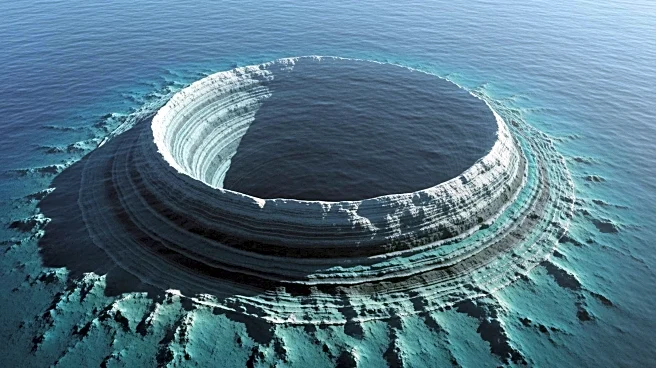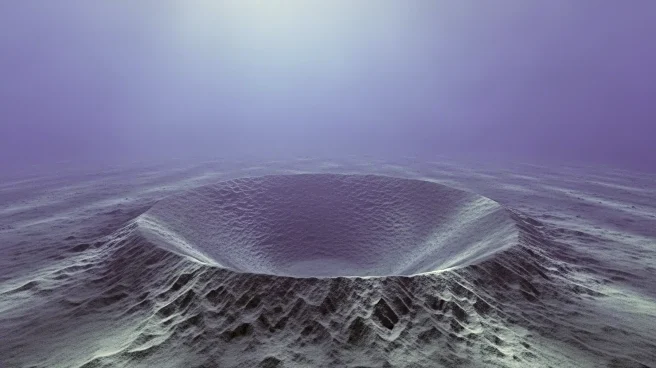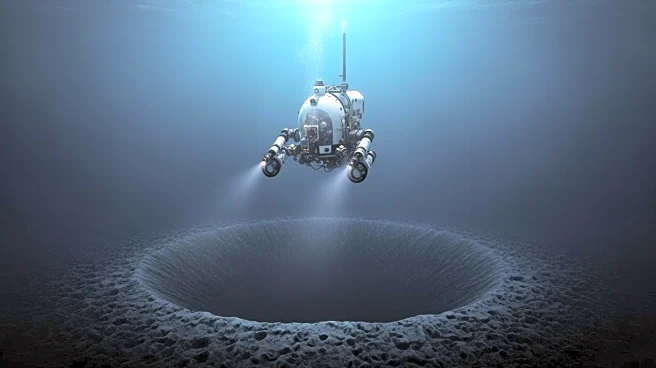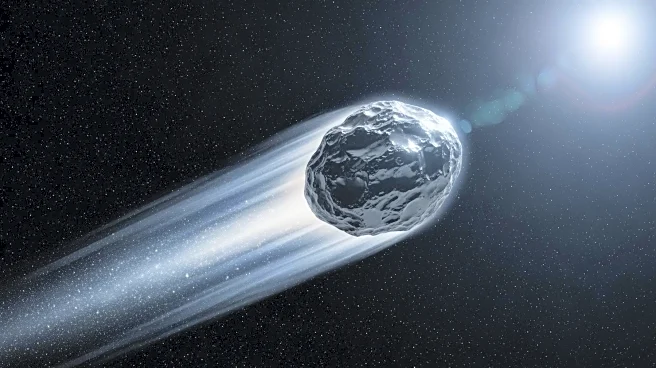What's Happening?
The China Academy of Engineering Physics (CAEP) has confirmed the Jinlin impact crater in Guangdong Province as the largest known crater on Earth since the Holocene period, which began 11,700 years ago.
Located in Deqing County, the crater measures 900 meters in diameter, significantly larger than other Holocene craters, which typically measure less than 100 meters. The discovery was made through field investigations and geological sample testing, revealing evidence of shock metamorphism in local rocks and minerals. This indicates the crater was formed by the hypervelocity impact of a small extraterrestrial body. The findings, published in the journal Matter and Radiation at Extremes, provide new insights into impact craters, particularly in tropical and subtropical regions.
Why It's Important?
This discovery is significant for the scientific community as it expands the understanding of impact craters, especially in regions with intense chemical and biological weathering. The Jinlin crater's size and the energy of the impact, estimated to be equivalent to 600,000 tonnes of TNT, highlight the potential for large-scale extraterrestrial impacts in Earth's history. This research could influence future studies on planetary defense and the assessment of impact risks. Additionally, it contributes to the global spatial distribution data of small body impact events, offering a broader perspective on Earth's geological history and the frequency of such events.











